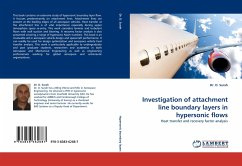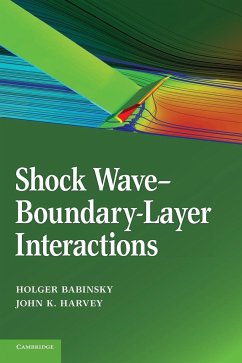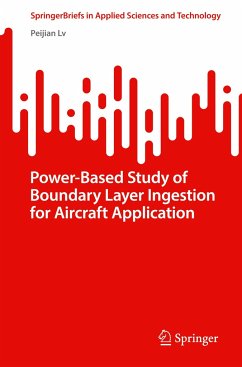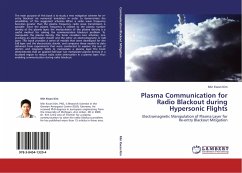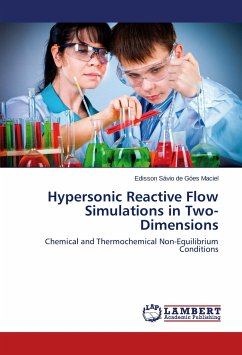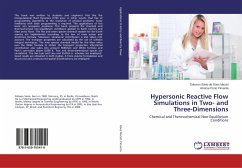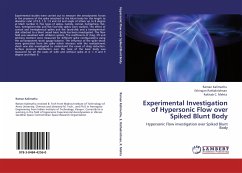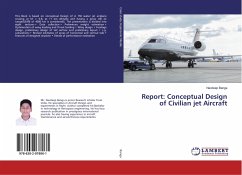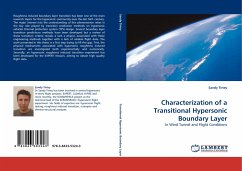
Characterization of a Transitional Hypersonic Boundary Layer
In Wind Tunnel and Flight Conditions
Versandkostenfrei!
Versandfertig in 6-10 Tagen
52,99 €
inkl. MwSt.

PAYBACK Punkte
26 °P sammeln!
Roughness induced boundary layer transition has been one of the main research topics for the hypersonic community over the last half- century. The major interest into the understanding of this phenomenon relies in the key role played by transition prediction methods on hypersonic vehicles thermal protection system (TPS) design. Several boundary layer transition predictions methods have been developed but a review of these transition criteria reveals a lack a physics associated with these engineering methods together with a lack of reliable flight data. The work presented in this thesis is a fi...
Roughness induced boundary layer transition has been one of the main research topics for the hypersonic community over the last half- century. The major interest into the understanding of this phenomenon relies in the key role played by transition prediction methods on hypersonic vehicles thermal protection system (TPS) design. Several boundary layer transition predictions methods have been developed but a review of these transition criteria reveals a lack a physics associated with these engineering methods together with a lack of reliable flight data. The work presented in this thesis is a first step trying to fill this gap. First, the physical mechanisms associated with hypersonic roughness induced transition are investigated both experimentally and numerically. Secondly, an hypersonic roughness induced transition experiment has been developed for the EXPERT mission, aiming to obtain high quality flight data.



